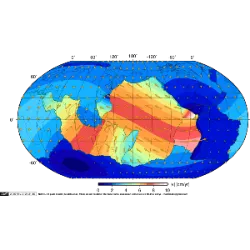The Mystery of the Infinity Symbol

The infinity symbol (∞) is widely recognized in areas such as mathematics, philosophy and other sciences, and is associated with the idea of something that has no end. Its origin dates back to the 17th century, when the English mathematician John Wallis introduced it in his work Arithmetica Infinitorum, in 1656, to represent an infinite quantity. However, Wallis never clearly explained why he chose this symbol, which has given rise to some theories about its origin.
One of the most widely accepted explanations is that Wallis was inspired by the Roman symbol for the number one thousand, "CIƆ", used in ancient Rome to represent large quantities. Another interesting fact is that the infinity symbol is also known as lemniscate, which comes from the Latin lemniscatus, meaning "decorated with ribbons". This term is related to a geometric curve, the "eight", which mathematicians such as Jakob Bernoulli studied, representing the concept of something without end.
In addition to being used in mathematics, the symbol also appears in philosophy, to express ideas of eternity and infinite time, and in astronomy, in curves such as the "ring", which represents the path of the sun throughout the year.
Over time, the symbol became popular and became an essential element in mathematical notation, helping to express concepts such as continuity and limits.
Did you know??













